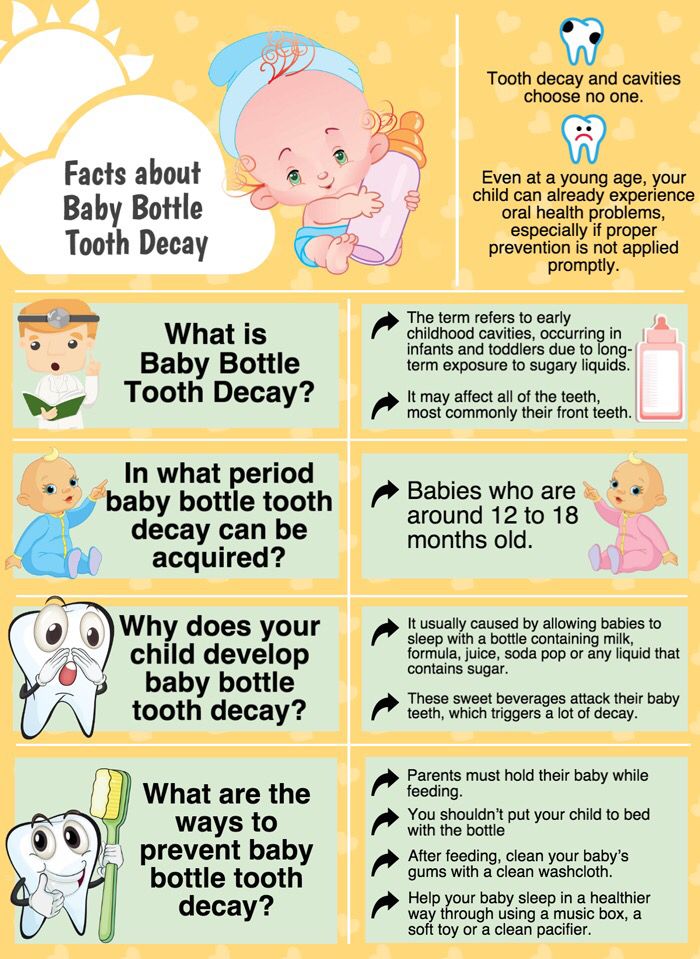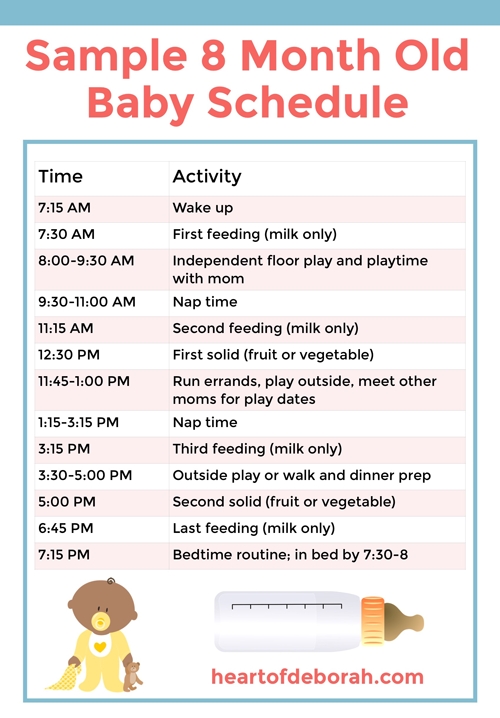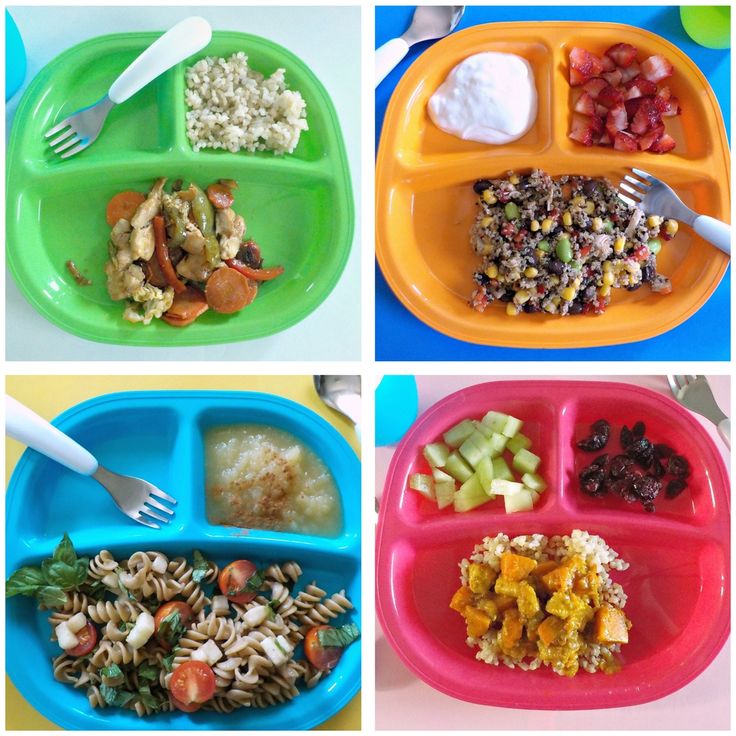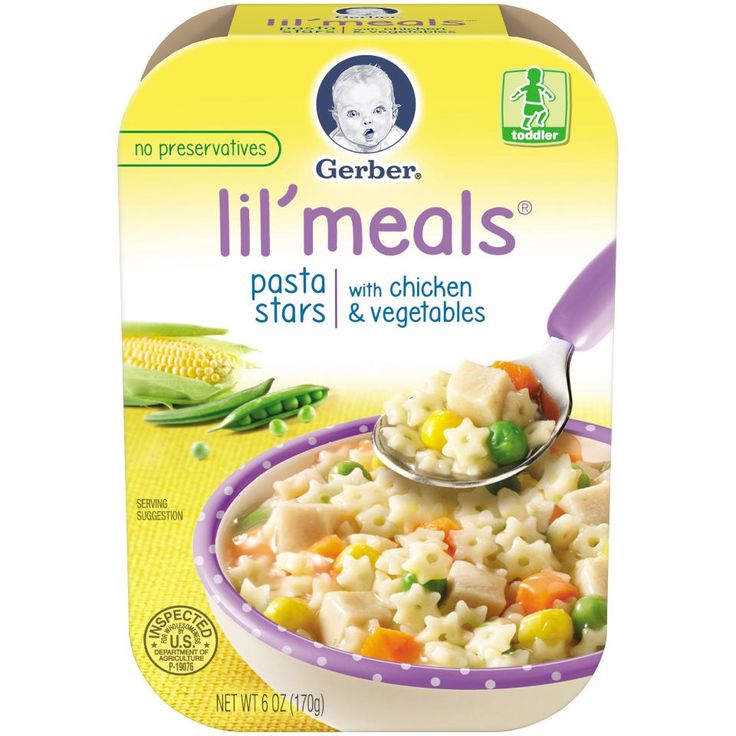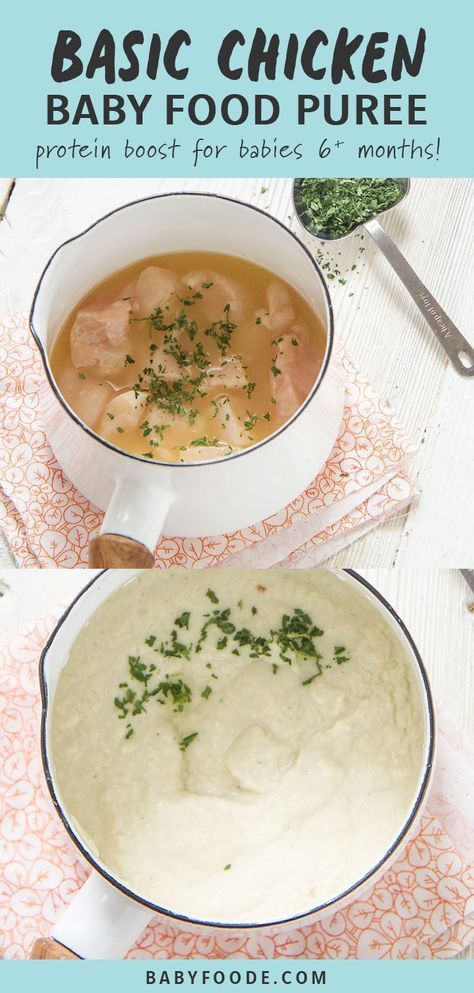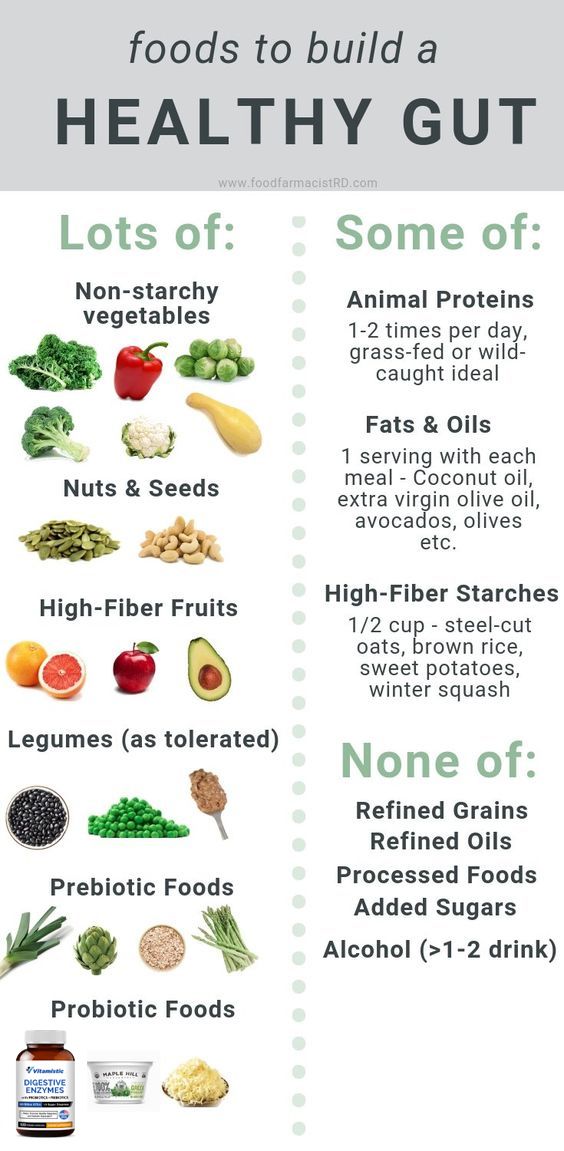Is it okay to pump and feed the baby with a bottle
The pros and cons of each
Both breastfeeding and pumping are excellent ways to feed a baby breast milk. Breast milk is the natural food for infants, and pumping can offer benefits that are similar, although not identical, to providing breast milk directly from the breast.
Human breast milk is biologically designed to meet a baby’s nutritional needs, and many doctors recommend breast milk rather than feeding with formula.
Still, people should choose the feeding strategy or combination of strategies that work best for them and the infant, while taking account of the pros and cons of both breastfeeding and pumping, if necessary.
People do not have to choose exclusively between pumping and breastfeeding, as many of those who breastfeed a baby or infant decide to pump at times, as well.
Breastfeeding offers many health and cognitive benefits to babies and reduces the risks of several long-term health issues in both the woman and the baby.
Some of the benefits of feeding a baby directly from the breast include the following:
1.
Breast milk is customized food for a baby based on feedback from the baby’s body. Letting a baby feed at the breast allows its saliva to interact with the milk. This interaction sends messages to the woman’s brain about what the baby needs.
According to a 2013 study, this interaction between the breastfeeding woman and the baby ensures the baby gets the nutrients required, as well as antibodies that can protect against infections.
The breast milk has specific components if the baby is premature and changes composition as it ages. The milk also changes according to the time of day and even during a given feeding.
2. A natural feedback loop
Milk production follows a rule of supply and demand. The breasts produce more milk when the baby breastfeeds more. Allowing this natural feedback loop to control milk supply ensures that the child has enough milk but does not experience an oversupply.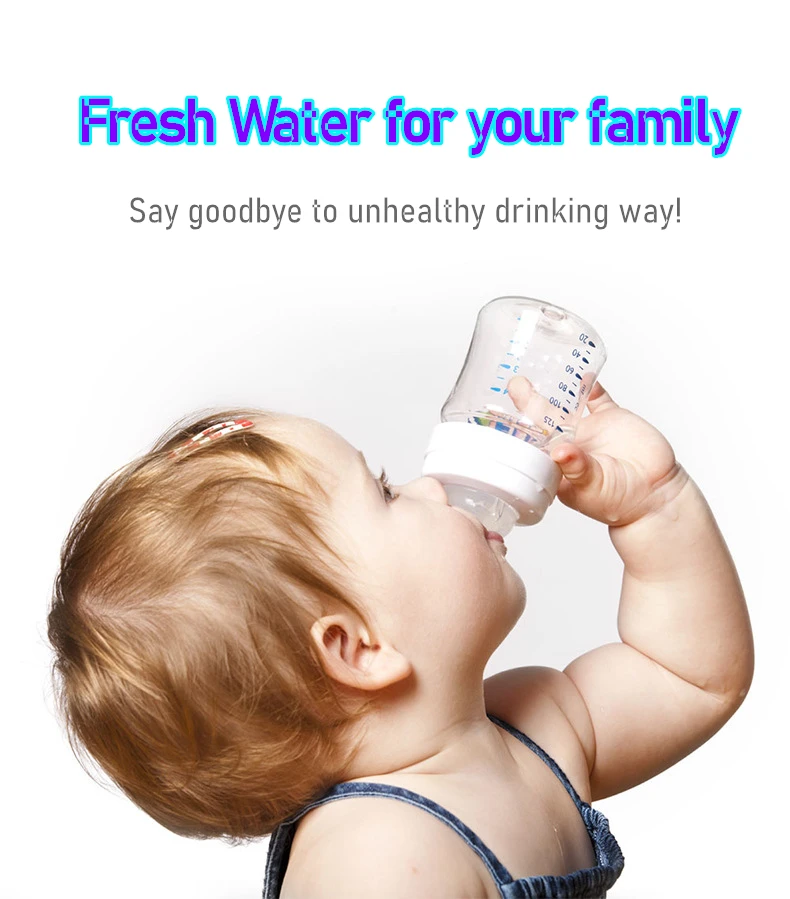
Feeding a baby on demand at the breast rather than pumping to a schedule can encourage a continuing milk supply, and ensure a long and healthy feeding relationship.
3. Convenience and affordability
Breastfeeding is not free, in the strictest sense, as it requires significant labor from the woman who supplies the milk.
Exclusively feeding at the breast, however, does not impose any financial costs. Breastfeeding can save a significant amount of money, depending on the local price of formula.
Breastfeeding is also more convenient, as it requires no preparation. A baby or child can feed on the breast anywhere without the need for an adult to pack bottles, find clean water, or heat formula.
4. Easy soothing
Breastfeeding can help soothe an anxious, scared, or hurt baby.
A 2016 study found that breastfeeding a baby or infant up to 12 months old may help relieve the pain of it receiving vaccinations.
Again, feeding at the breast offers a chance to soothe the baby without the need to spend money or pack supplies.
5. Bonding time
Breastfeeding puts a woman and the baby in close skin-to-skin contact. This close contact can support bonding, help the two learn one another’s cues and personalities, and promote relaxation.
Numerous studies have shown that newborn babies have a strong physiological need to be in close contact with a caregiver. Physiological contact may even offer lifesaving benefits for newborns.
A 2014 review of accepted practice shows that skin-to-skin contact following birth can reduce the risk of hypothermia, reduce stress, and may help babies sleep. Breastfeeding a baby encourages this close contact.
Babies who feed exclusively on pumped milk do not get the benefit of a feedback loop between their body and the breast milk. However, they do still gain access to a well-designed food that is rich in healthful fats and antibodies.
The benefits of pumping milk include the following:
1. Control over timing
By pumping milk, caregivers can control the timing of feedings.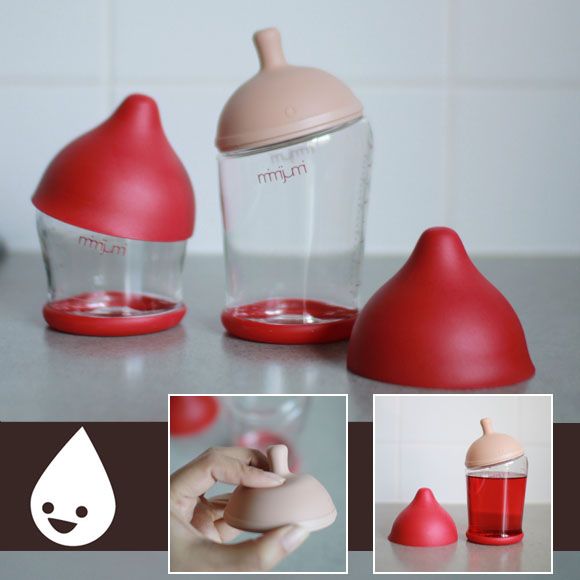 They can decide on a schedule that works for them and pump when necessary based on that schedule.
They can decide on a schedule that works for them and pump when necessary based on that schedule.
Controlling the timing of feedings can facilitate a return to work and potentially free up more time.
2. Ability to share feedings
Share on PinterestPumping milk allows the caregiver to manage the baby’s feeding times.
It may be easier for people to split caregiving duties if they choose pumping over breastfeeding.
When only one person breastfeeds, that individual must handle the many feeds a baby demands, often including several nighttime wakings.
Sharing the feeding may promote a positive balance of childcare duties. The ability to share feeding may also offer some convenience and help the person who is breastfeeding feel more rested.
This ability to share feedings can be especially beneficial in the immediate postpartum period, when caregivers may be exhausted and recovering from childbirth.
If possible, parents and caregivers should not introduce a bottle until breastfeeding is well established.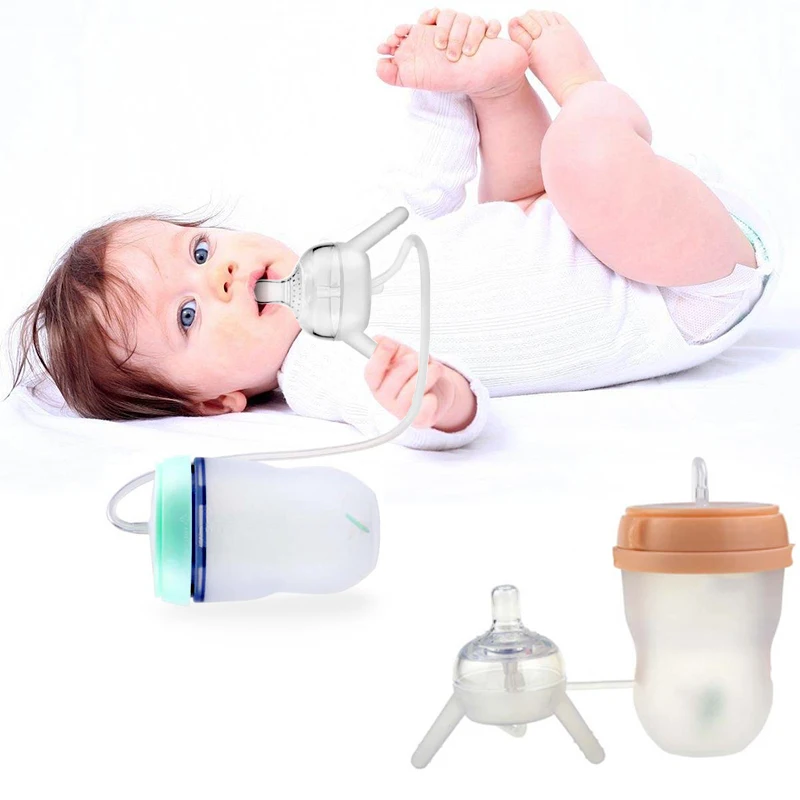
3. Addressing supply issues
Pumping breast milk is one way to address breast milk supply issues. Some people choose to pump after each breastfeeding session to increase their supply. Pumping can also help build a freezer stash of milk if a person is concerned about low supply.
4. More breaks
Pumping allows the caregivers to have a break while they are coping with months, or even years, of sleep deprivation. Recovering from childbirth can be also be challenging, as can managing the time demands of caring for a baby or infant.
Pumping and storing breast milk can allow caregivers to go out for a few hours, go on a date night, or even go on vacation while still leaving behind enough food for their baby.
If a person is working then pumping their breast milk allows those who are caring for the baby to offer them the same healthful breast milk.
5. Donor milk
Biological parents are not the only people who can supply breast milk. Some babies receive breast milk from donors.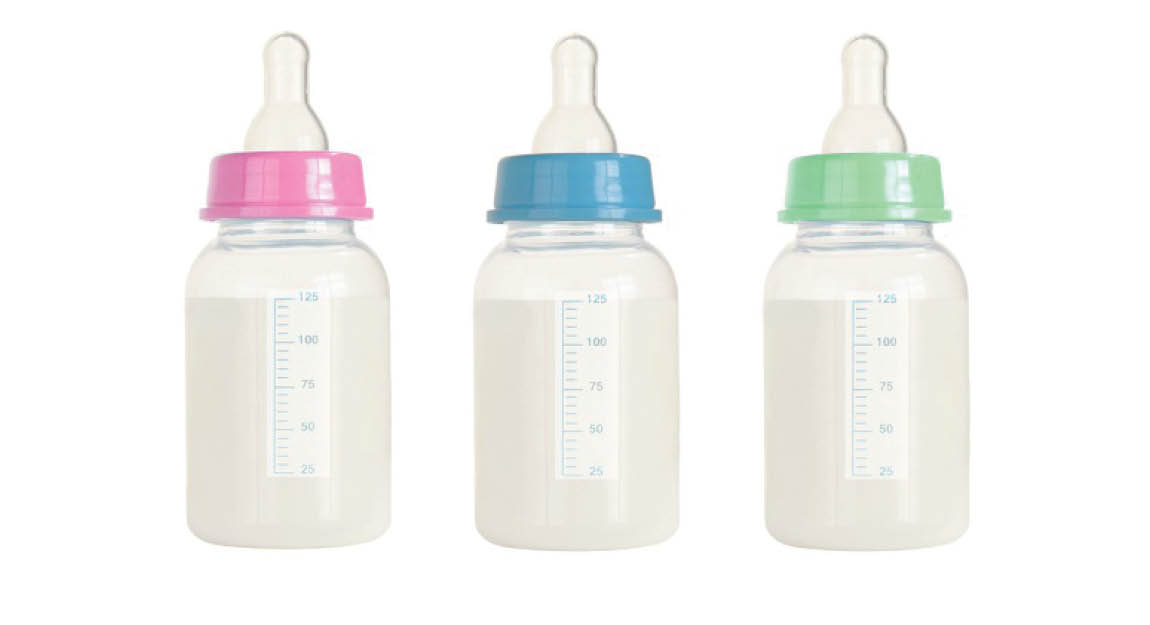
An adopted baby might receive donor milk. Similarly, a person who cannot produce enough milk might supplement their supply with milk from a milk bank. The pumped milk may be the only way for some babies to get breast milk.
The American Academy of Pediatrics emphasize that all babies should get human milk and recommend exclusive breastfeeding for 6 months. But when a woman cannot produce milk, pumped milk from a donor is a better option than formula.
There are milk banks available that ensure the milk is safe to use, as breast milk can transfer some illnesses.
Some of the challenges of breastfeeding include:
1. Less control over timing
When a baby breastfeeds, a woman must feed the baby when it is hungry. It can be more difficult to establish a regular schedule when the breast is the source of food and is always available. Breastfed babies are fed on demand, not on a schedule.
2. Sore nipples and other ailments
Many women experience sore, cracked, or even infected nipples while breastfeeding. While this can also happen with pumping, a poor latch of the baby and the intense suction of breastfeeding is more likely to cause nipple pain than pumping.
While this can also happen with pumping, a poor latch of the baby and the intense suction of breastfeeding is more likely to cause nipple pain than pumping.
3. Issues with the balance of labor
People may experience an imbalance of labor when one caregiver takes sole responsibility for feeding the baby.
Infants eat many times each day, and this can leave the person who is breastfeeding with very little time.
Pumping milk is the better choice compared to formula, but it does not offer as many health and immune system benefits.
Some drawbacks of pumping breast milk include:
1. Fewer immune system benefits
There is not a feedback loop between the baby and the breast milk when a woman exclusively pumps their milk or uses donor milk.
Pumping means the milk may not be as tailored to the baby’s needs at any one moment, and so it will potentially offer fewer benefits for the immune system.
2. Additional expense
Share on PinterestMonitoring the dates of frozen breast milk may be difficult.
Exclusively breastfeeding is free, but pumping requires equipment. Pumping equipment may include:
- breast pump
- bottles
- milk storage bags
- phalanges for the breast pump
- a hands-free pumping bra
Some people also invest in an additional refrigerator and freezer to store pumped milk.
3. Privacy and convenience concerns
Taking a breast pump on vacation, to work, or on a family outing can be inconvenient. While it is possible to discreetly breastfeed in public, expressing milk with a noisy pump can be more difficult.
Some adults find that pumping offers less privacy and is more inconvenient, especially when they exclusively pump on a regular schedule.
4. Storage concerns
Some women can express a large supply of breast milk. Breast milk expires even when frozen, and storing it can be difficult.
Finding an appropriate way to save milk and keeping track of what order to use it in can be challenging.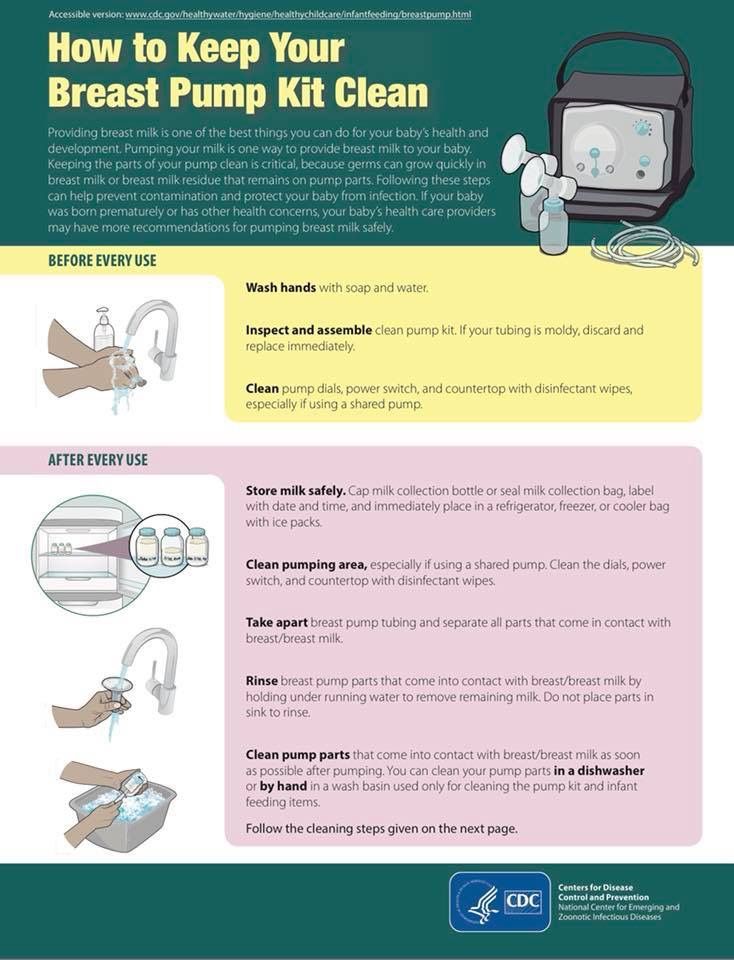
A woman may breastfeed a baby when they are home and pump at night to build up a supply of milk for when they are away. The only right choice is the one that works best for the individual.
Some factors to take into account when deciding to pump or breastfeed may include the following:
- The support of family, friends, and partners, and how that support, or lack of it, might make one choice easier than the other.
- Being able to maintain an ample supply of milk by breastfeeding or having pumped milk available.
- Balancing the benefits of breastfeeding with the benefits of a caregiver having time to themselves.
- Whether it is important that people other than the breastfeeding woman can feed the baby.
- Whether they are using donor milk.
- Whether they are supplementing breast milk with formula.
Both breastfeeding and giving a baby pumped breast milk offer extensive health benefits. Pumping and breastfeeding also require a significant commitment from the person providing the milk.
There is no right or wrong answer, and it is important to consider the effects of each way of feeding on both the woman and the baby.
Q:
How might my feeding strategy affect my health? What about my baby’s health?
A:
The ideal way to feed a baby is at the breast where there is an interaction between the baby and the person’s breast. Supply and demand, as well as bacteria-fighting elements in the breast milk, respond to the baby being on the breast. Pumping the breast is also a good choice, but the breast will not be able to respond to the baby directly. Breast milk is the ideal food for the first 6 months of life, and breastfeeding provides life-long benefits to the adult and baby. These benefits increase the longer a person breastfeeds. I recommend breastfeeding for at least a year for the best health benefits.
Answers represent the opinions of our medical experts. All content is strictly informational and should not be considered medical advice.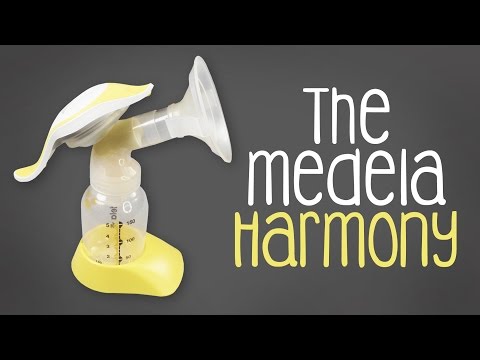
The pros and cons of each
Both breastfeeding and pumping are excellent ways to feed a baby breast milk. Breast milk is the natural food for infants, and pumping can offer benefits that are similar, although not identical, to providing breast milk directly from the breast.
Human breast milk is biologically designed to meet a baby’s nutritional needs, and many doctors recommend breast milk rather than feeding with formula.
Still, people should choose the feeding strategy or combination of strategies that work best for them and the infant, while taking account of the pros and cons of both breastfeeding and pumping, if necessary.
People do not have to choose exclusively between pumping and breastfeeding, as many of those who breastfeed a baby or infant decide to pump at times, as well.
Breastfeeding offers many health and cognitive benefits to babies and reduces the risks of several long-term health issues in both the woman and the baby.
Some of the benefits of feeding a baby directly from the breast include the following:
1.
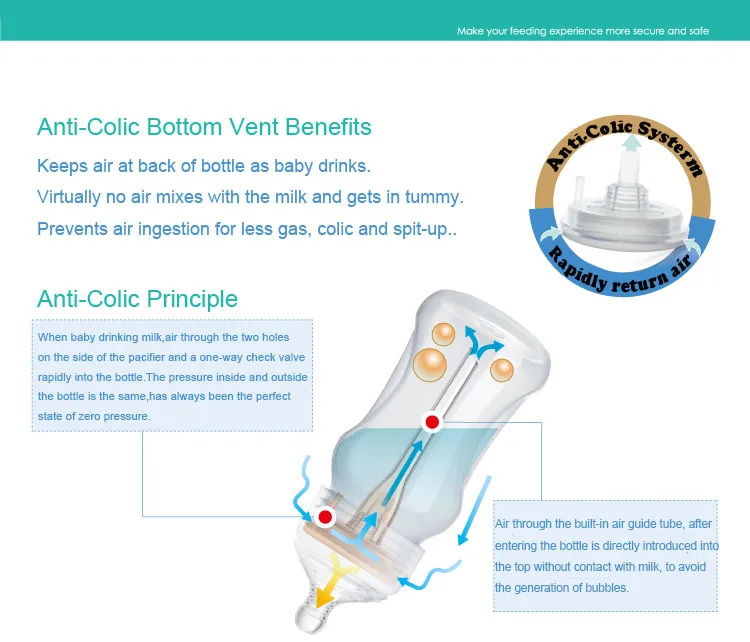 Customized food for babyShare on PinterestMany women breastfeed and also use a breast pump at times.
Customized food for babyShare on PinterestMany women breastfeed and also use a breast pump at times.Breast milk is customized food for a baby based on feedback from the baby’s body. Letting a baby feed at the breast allows its saliva to interact with the milk. This interaction sends messages to the woman’s brain about what the baby needs.
According to a 2013 study, this interaction between the breastfeeding woman and the baby ensures the baby gets the nutrients required, as well as antibodies that can protect against infections.
The breast milk has specific components if the baby is premature and changes composition as it ages. The milk also changes according to the time of day and even during a given feeding.
2. A natural feedback loop
Milk production follows a rule of supply and demand. The breasts produce more milk when the baby breastfeeds more. Allowing this natural feedback loop to control milk supply ensures that the child has enough milk but does not experience an oversupply.
Feeding a baby on demand at the breast rather than pumping to a schedule can encourage a continuing milk supply, and ensure a long and healthy feeding relationship.
3. Convenience and affordability
Breastfeeding is not free, in the strictest sense, as it requires significant labor from the woman who supplies the milk.
Exclusively feeding at the breast, however, does not impose any financial costs. Breastfeeding can save a significant amount of money, depending on the local price of formula.
Breastfeeding is also more convenient, as it requires no preparation. A baby or child can feed on the breast anywhere without the need for an adult to pack bottles, find clean water, or heat formula.
4. Easy soothing
Breastfeeding can help soothe an anxious, scared, or hurt baby.
A 2016 study found that breastfeeding a baby or infant up to 12 months old may help relieve the pain of it receiving vaccinations.
Again, feeding at the breast offers a chance to soothe the baby without the need to spend money or pack supplies.
5. Bonding time
Breastfeeding puts a woman and the baby in close skin-to-skin contact. This close contact can support bonding, help the two learn one another’s cues and personalities, and promote relaxation.
Numerous studies have shown that newborn babies have a strong physiological need to be in close contact with a caregiver. Physiological contact may even offer lifesaving benefits for newborns.
A 2014 review of accepted practice shows that skin-to-skin contact following birth can reduce the risk of hypothermia, reduce stress, and may help babies sleep. Breastfeeding a baby encourages this close contact.
Babies who feed exclusively on pumped milk do not get the benefit of a feedback loop between their body and the breast milk. However, they do still gain access to a well-designed food that is rich in healthful fats and antibodies.
The benefits of pumping milk include the following:
1. Control over timing
By pumping milk, caregivers can control the timing of feedings.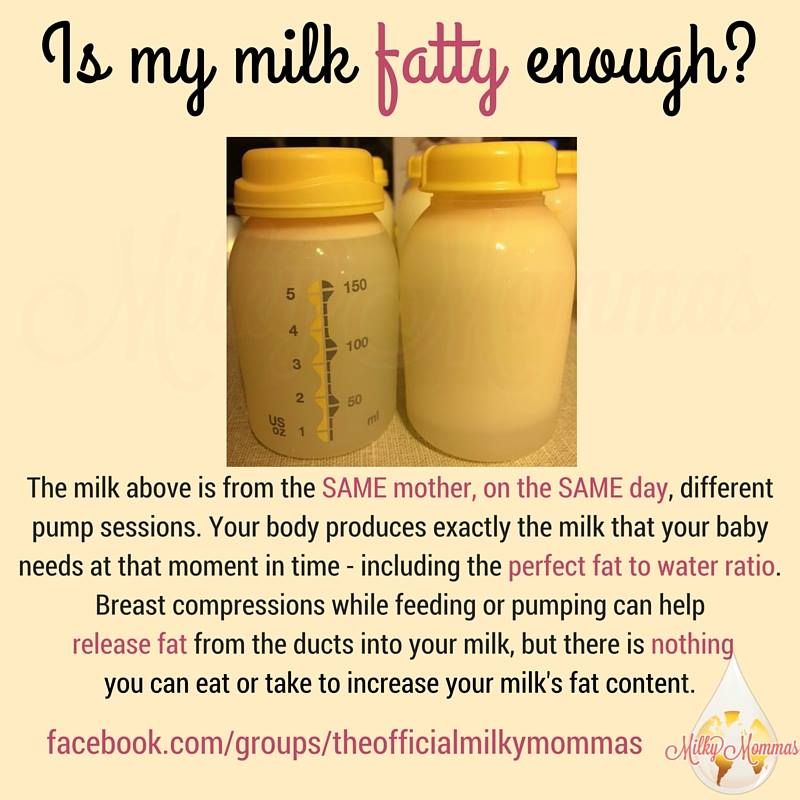 They can decide on a schedule that works for them and pump when necessary based on that schedule.
They can decide on a schedule that works for them and pump when necessary based on that schedule.
Controlling the timing of feedings can facilitate a return to work and potentially free up more time.
2. Ability to share feedings
Share on PinterestPumping milk allows the caregiver to manage the baby’s feeding times.
It may be easier for people to split caregiving duties if they choose pumping over breastfeeding.
When only one person breastfeeds, that individual must handle the many feeds a baby demands, often including several nighttime wakings.
Sharing the feeding may promote a positive balance of childcare duties. The ability to share feeding may also offer some convenience and help the person who is breastfeeding feel more rested.
This ability to share feedings can be especially beneficial in the immediate postpartum period, when caregivers may be exhausted and recovering from childbirth.
If possible, parents and caregivers should not introduce a bottle until breastfeeding is well established.
3. Addressing supply issues
Pumping breast milk is one way to address breast milk supply issues. Some people choose to pump after each breastfeeding session to increase their supply. Pumping can also help build a freezer stash of milk if a person is concerned about low supply.
4. More breaks
Pumping allows the caregivers to have a break while they are coping with months, or even years, of sleep deprivation. Recovering from childbirth can be also be challenging, as can managing the time demands of caring for a baby or infant.
Pumping and storing breast milk can allow caregivers to go out for a few hours, go on a date night, or even go on vacation while still leaving behind enough food for their baby.
If a person is working then pumping their breast milk allows those who are caring for the baby to offer them the same healthful breast milk.
5. Donor milk
Biological parents are not the only people who can supply breast milk. Some babies receive breast milk from donors.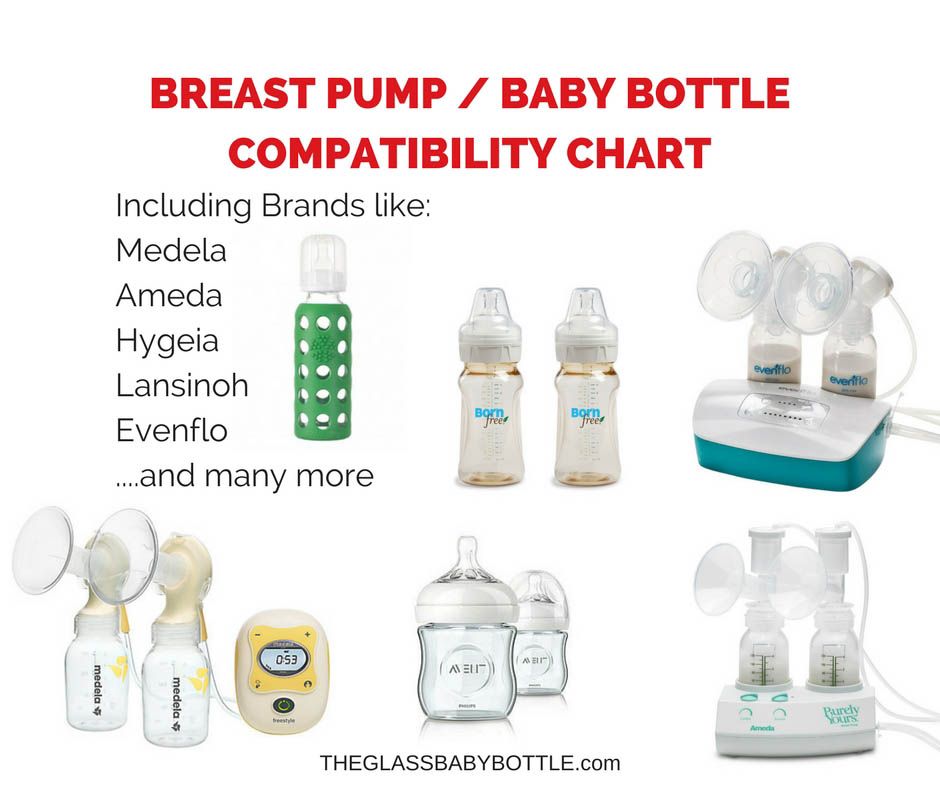
An adopted baby might receive donor milk. Similarly, a person who cannot produce enough milk might supplement their supply with milk from a milk bank. The pumped milk may be the only way for some babies to get breast milk.
The American Academy of Pediatrics emphasize that all babies should get human milk and recommend exclusive breastfeeding for 6 months. But when a woman cannot produce milk, pumped milk from a donor is a better option than formula.
There are milk banks available that ensure the milk is safe to use, as breast milk can transfer some illnesses.
Some of the challenges of breastfeeding include:
1. Less control over timing
When a baby breastfeeds, a woman must feed the baby when it is hungry. It can be more difficult to establish a regular schedule when the breast is the source of food and is always available. Breastfed babies are fed on demand, not on a schedule.
2. Sore nipples and other ailments
Many women experience sore, cracked, or even infected nipples while breastfeeding. While this can also happen with pumping, a poor latch of the baby and the intense suction of breastfeeding is more likely to cause nipple pain than pumping.
While this can also happen with pumping, a poor latch of the baby and the intense suction of breastfeeding is more likely to cause nipple pain than pumping.
3. Issues with the balance of labor
People may experience an imbalance of labor when one caregiver takes sole responsibility for feeding the baby.
Infants eat many times each day, and this can leave the person who is breastfeeding with very little time.
Pumping milk is the better choice compared to formula, but it does not offer as many health and immune system benefits.
Some drawbacks of pumping breast milk include:
1. Fewer immune system benefits
There is not a feedback loop between the baby and the breast milk when a woman exclusively pumps their milk or uses donor milk.
Pumping means the milk may not be as tailored to the baby’s needs at any one moment, and so it will potentially offer fewer benefits for the immune system.
2. Additional expense
Share on PinterestMonitoring the dates of frozen breast milk may be difficult.
Exclusively breastfeeding is free, but pumping requires equipment. Pumping equipment may include:
- breast pump
- bottles
- milk storage bags
- phalanges for the breast pump
- a hands-free pumping bra
Some people also invest in an additional refrigerator and freezer to store pumped milk.
3. Privacy and convenience concerns
Taking a breast pump on vacation, to work, or on a family outing can be inconvenient. While it is possible to discreetly breastfeed in public, expressing milk with a noisy pump can be more difficult.
Some adults find that pumping offers less privacy and is more inconvenient, especially when they exclusively pump on a regular schedule.
4. Storage concerns
Some women can express a large supply of breast milk. Breast milk expires even when frozen, and storing it can be difficult.
Finding an appropriate way to save milk and keeping track of what order to use it in can be challenging.
A woman may breastfeed a baby when they are home and pump at night to build up a supply of milk for when they are away. The only right choice is the one that works best for the individual.
Some factors to take into account when deciding to pump or breastfeed may include the following:
- The support of family, friends, and partners, and how that support, or lack of it, might make one choice easier than the other.
- Being able to maintain an ample supply of milk by breastfeeding or having pumped milk available.
- Balancing the benefits of breastfeeding with the benefits of a caregiver having time to themselves.
- Whether it is important that people other than the breastfeeding woman can feed the baby.
- Whether they are using donor milk.
- Whether they are supplementing breast milk with formula.
Both breastfeeding and giving a baby pumped breast milk offer extensive health benefits. Pumping and breastfeeding also require a significant commitment from the person providing the milk.
There is no right or wrong answer, and it is important to consider the effects of each way of feeding on both the woman and the baby.
Q:
How might my feeding strategy affect my health? What about my baby’s health?
A:
The ideal way to feed a baby is at the breast where there is an interaction between the baby and the person’s breast. Supply and demand, as well as bacteria-fighting elements in the breast milk, respond to the baby being on the breast. Pumping the breast is also a good choice, but the breast will not be able to respond to the baby directly. Breast milk is the ideal food for the first 6 months of life, and breastfeeding provides life-long benefits to the adult and baby. These benefits increase the longer a person breastfeeds. I recommend breastfeeding for at least a year for the best health benefits.
Answers represent the opinions of our medical experts. All content is strictly informational and should not be considered medical advice.
How to properly bottle feed
Feeding your baby is not only an important process for healthy growth and development, but also a way to establish close emotional contact with the baby and build trusting and loving relationships. The transition from breastfeeding to bottle feeding should be carried out after the mother and the child are fully prepared for this. We are talking about both the moral aspect, and about choosing the right bottle and getting adults the necessary skills so that eating brings only positive emotions and benefits to the baby. In this article, we will talk more about how to properly bottle feed your baby and where to start. nine0003
How to prepare your baby for bottle feeding
If this method of feeding is a completely new experience for the baby, or if parents decide to bottle feed their baby from a very young age, slow flow nipples should be preferred. So you protect the child from the possibility of choking while eating. Over time, you can gradually switch to bottles with nipples, which would provide faster and more intense feeding.
Feeding bottle selection and daily care
All baby accessories should be kept clean and sterilized regularly and thoroughly.
There are several ways to sterilize dishes:
- select the appropriate mode when using the dishwasher;
- or place the bottle and teat in a vessel of boiling water for 5 minutes.
Before using this method of cleaning the bottle, make sure that the material it is made of can be exposed to high temperatures. Since some types of plastic contain various chemicals in their composition, after sterilization they can become dangerous for their little user. For this reason, experts recommend choosing glass bottles. nine0003
The need for thorough cleansing of everything that the baby will touch is caused by the fact that in the first months of life, the child's immune system is just beginning to strengthen. Before sterilizing the teat, it can be cleaned with dishwashing detergent. There are special products for washing children's dishes, without a strong odor and with a safe composition.
How to bottle feed your baby
Before starting a meal, mom or dad should wash their hands well with soap and warm running water. Particular attention should be paid to the area between the fingers and under the nails. The hand washing process should take at least 20 seconds. And after carrying out this hygienic procedure, hands should be wiped dry with a paper towel or clean towel. nine0003
The next step is to prepare for the meal. If you plan to fill the bottle with formula, then dilute it with water in accordance with the instructions in the instructions. Improper proportions can lead to dehydration or bloating. It should also be remembered that for the preparation of the mixture you need to use only clean drinking water.
Breast milk is the most beneficial for a newborn. Despite this, pediatricians advise breastfeeding babies for as long as possible. Even if the mother is ready to give up breastfeeding, milk can be expressed into a bottle and gradually accustom the baby to the nipple. If, for one reason or another, the mother does not have the opportunity to feed herself, then the only alternative is feeding with a special mixture. nine0003
If, for one reason or another, the mother does not have the opportunity to feed herself, then the only alternative is feeding with a special mixture. nine0003
In the first six months after birth, cow's or goat's milk or its substitute in the form of soy milk should not be included in the baby's diet. Valid options for supporting healthy development of a newborn are breast milk or formula milk only.
What temperature should the bottle filler be? Under no circumstances should the bottle be heated on the stove or in the microwave. If the temperature of the bottle and its filling exceed 37°C, the baby may be burned. It is recommended to use special bottle warmers. If this is not possible, then use the following method:
- put a saucepan on the stove with a little water;
- bring the water to a boil, then remove the pan from the heat;
- place a bottle of milk in a vessel and heat it up to 37◦С;
- check the temperature with a pre-cleaned thermometer or a special device for measuring the temperature of foodstuffs.
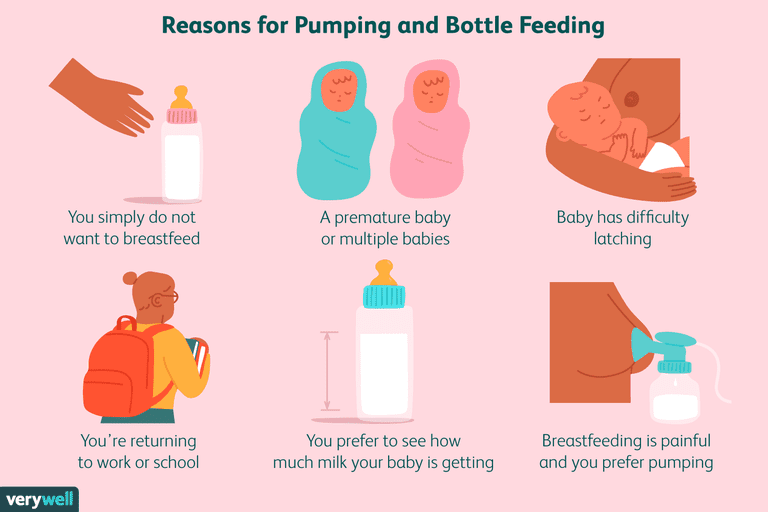
You can also check the temperature of the ready-to-use bottle as follows:
- turn the bottle over;
- drip several times into your wrist area.
In this way, you can check not only the temperature of the milk or formula, but also how well the liquid flows out of the bottle. If you have to shake or squeeze the bottle hard to drip, the nipple is blocked and needs to be cleaned out. If, on the contrary, the filler pours out when the bottle is turned over, this means that the nipple is damaged and another nipple should be used to feed the baby, having previously sterilized it. nine0003
How to bottle feed your baby lying down
There are several techniques for feeding your baby. However, it is the feeding of the child lying down from the bottle that young parents consider the most comfortable. It is worth noting that eating in this position will only be safe when the baby's head is slightly raised. Otherwise, the child may simply choke.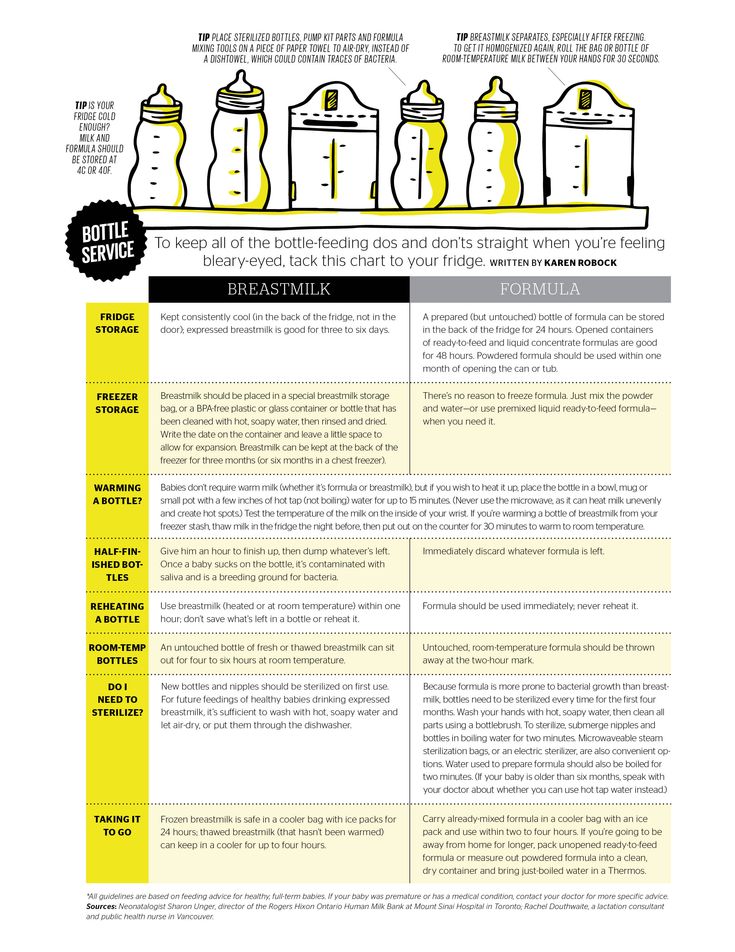 In the prone position, the child should be placed on his arm bent at the elbow. After feeding, you should place the baby in an upright position, taking him in your arms and putting his stomach to your chest. nine0003
In the prone position, the child should be placed on his arm bent at the elbow. After feeding, you should place the baby in an upright position, taking him in your arms and putting his stomach to your chest. nine0003
Make sure that the feeding bottle is closed correctly: the ring at the connection of the nipple to the bottle must not be too tight. Air must enter the bottle, otherwise a vacuum will be created there, which, in turn, will complicate the consumption of food for the child.
How to bottle feed without spitting up
Since the newborn is not able to fully control the process of feeding, along with milk, he can also take in air. This may be the reason that at one meal the child could not master the planned portion. In view of this, it is recommended to take small breaks during feeding. nine0003
As soon as you notice that the baby has stopped sucking on the pacifier, is tired or thoughtful, pick him up and press his face to you, holding his head and back. To help burp excess air, you can make a light massage between the shoulder blades, pat on the back or pope.
To help burp excess air, you can make a light massage between the shoulder blades, pat on the back or pope.
The air will quickly rise up and the baby will burp it without any extra effort. However, you should be prepared for the fact that, along with the air, part of the consumed mixture or milk may also return. Therefore, before taking the baby in your arms, cover yourself with a diaper, because it will be easier to wash it than clothes. nine0003
Never leave your baby alone with the bottle or let him fall asleep while using it. After eating, mom or dad must help their child burp. This will help to avoid colic, bloating and other manifestations of stomach discomfort.
Where to buy baby accessories
It's safe to say that I Love Mommy online store is one of the best places to buy baby food. Our catalogs feature products from world-famous brands, the quality of which you will not have to doubt for a minute. Bottles, baby dishes, pacifiers, baby bibs - all this and much more you can buy for your son or daughter from us at affordable prices in just a few minutes. nine0003
nine0003
Feeding expressed milk | breastfeeding
When can I start breastfeeding my baby with expressed breast milk? How to do it right? Is it worth worrying that the child will confuse the pacifier with the breast? In this article we will answer your questions.
Share this information
When can I start breastfeeding my baby?
If your baby is healthy and breastfeeding well, there is no need to give him expressed milk. For the first four weeks, you work together to start and increase milk production, and your baby also learns to suckle properly at the breast. There is not enough scientific data on this yet, 1 but there is an opinion that bottle feeding in the first month may adversely affect the process of establishing breastfeeding.
However, if the newborn is unable to latch on or suckle for some reason, start expressing milk as soon as possible after delivery. Read more about this in our articles on coping with problems in the first week, breastfeeding premature babies and babies with special needs, and seeking help from your healthcare provider.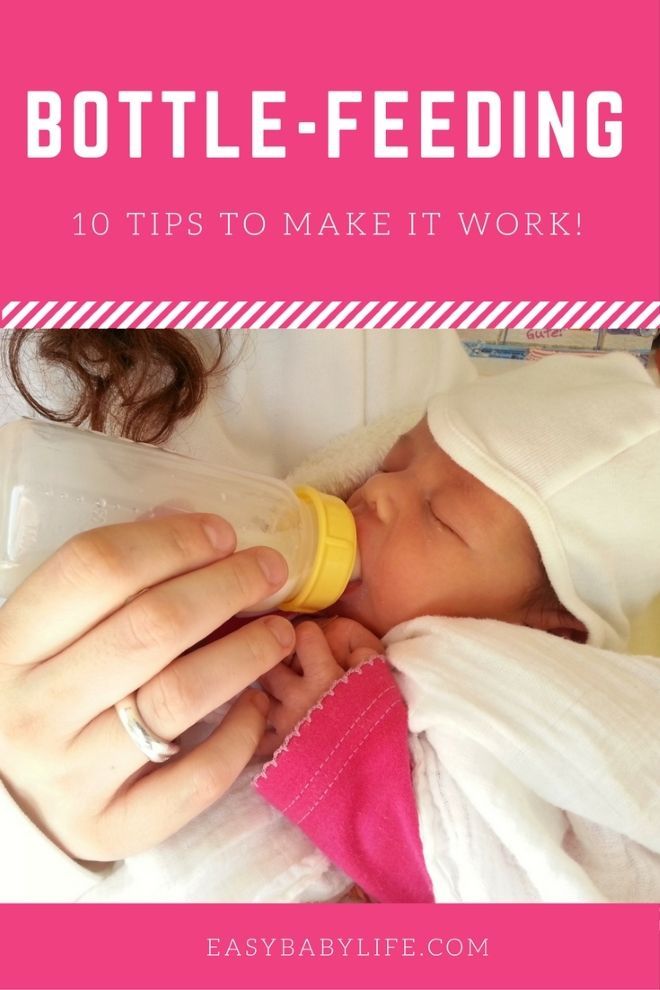 nine0003
nine0003
How can I feed my baby with expressed breast milk?
There are many expert feeding solutions that allow you to give your baby expressed milk in a variety of ways, depending on your and your baby's needs.
For example, the innovative Calma smart pacifier only lets milk through when the baby creates a vacuum by suckling. This means that when feeding from a bottle, he will make the same movements with his tongue and jaws as when sucking at the breast. 2.3 Calma was developed with the help of breastfeeding experts from the University of Western Australia. When using this pacifier, the baby can suck, swallow, pause and breathe in the same way as when breastfeeding. 4 Maintaining natural sucking habits allows baby to transition easily from breast to bottle and back.
In addition, Medela also offers regular bottle teats* in two versions that produce milk at different rates. All Medela* nipples can be placed directly on bottles used for expressing milk, minimizing the risk of spillage.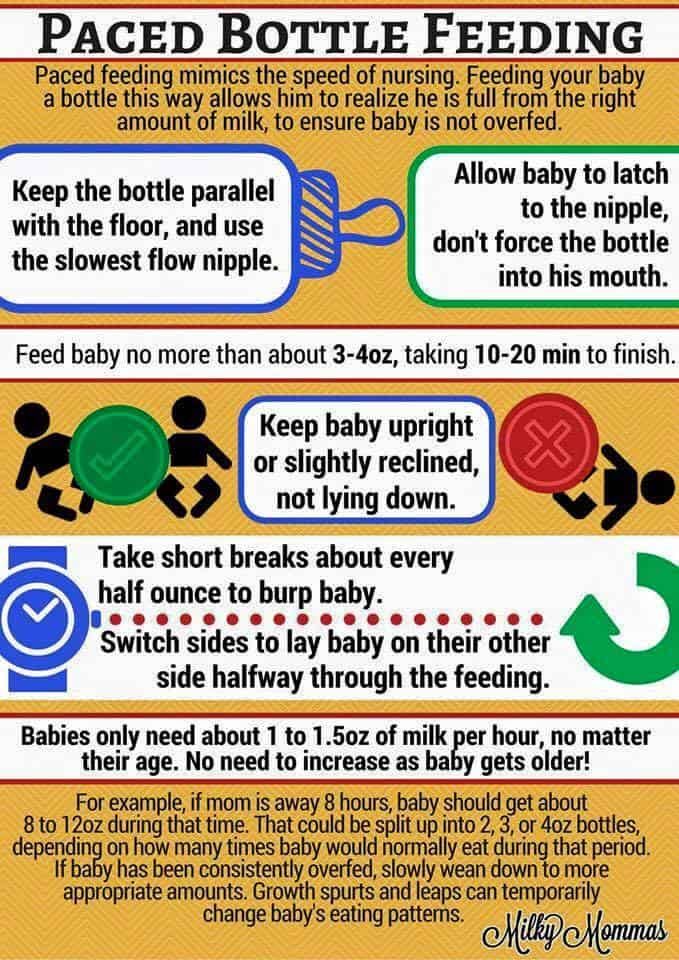 nine0003
nine0003
If you need to feed your baby with expressed milk, but you do not want to bottle feed him until he is learning to breastfeed, you can use a sippy cup* for temporary feeding. The baby will be able to drink milk from such a mug, but you should be careful not to spill the milk. For the first time, it is advisable to feed the child from a drinking cup under the supervision of the attending physician in order to learn how to do it correctly.
If your baby needs to be supplemented with expressed milk in addition to regular breastfeeding, the Supplementary Feeding System (SNS)* can be used. It is equipped with a thin, flexible capillary that can be clipped close to the nipple to give your baby expressed milk while breastfeeding. Thanks to this, the baby suckles the breast for longer, thereby developing sucking skills and stimulating the production of milk from the mother. This can be helpful when there is a shortage of breast milk, as well as when feeding adopted or surrogate children. nine0003
nine0003
If the baby is unable to breastfeed because he is too weak or has a congenital disease, you can use the Special Needs Cup*, which releases milk with gentle pressure, making it suitable for feeding these babies.
How to teach a child to bottle feed?
If breastfeeding is going well and you decide to start bottle feeding your baby with expressed breast milk, follow these guidelines.
Start early and take your time
Don't wait until the first day of work or the first time you leave the house to bottle feed your baby. Start accustoming your baby to small portions of expressed milk a couple of weeks before the desired date, calmly and without haste. Gradually build up to one full serving of pumped milk from a bottle.
Choose a time
Ideally, at the first bottle feeding, the baby should be hungry, but not too hungry - in this state, he is as relaxed as possible. nine0003
Let others feed
Your baby is used to feeding from your breast, so when you offer him a bottle it can be confusing.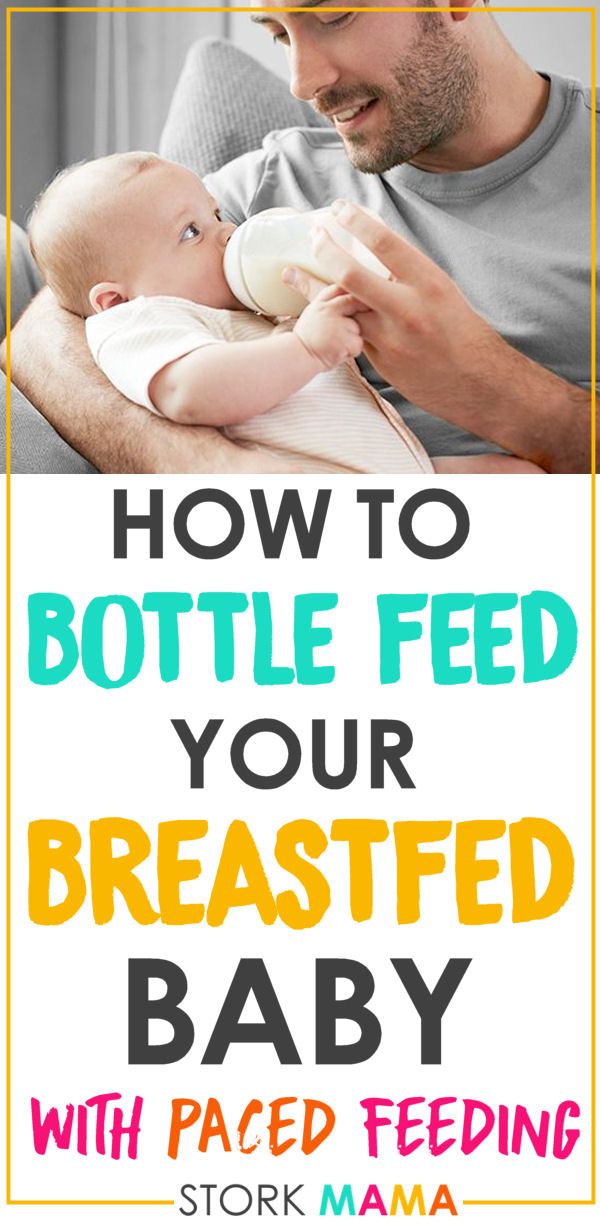 The process can go faster if the first time the baby is bottle-fed by someone else while you are not in the room, so that your sight and smell do not embarrass the baby.
The process can go faster if the first time the baby is bottle-fed by someone else while you are not in the room, so that your sight and smell do not embarrass the baby.
Maintain optimal temperature
Your baby will be more willing to eat expressed milk if the temperature is around 37°C, close to body temperature. nine0003
Dip the nipple in milk
Try dipping the nipple in expressed milk before offering it to your baby. This way it will taste and smell like your breast milk. Lightly touch the baby's upper lip with the nipple to open the mouth.
Choose the right position for bottle feeding
Feed your baby on demand and keep him reclining during feeding. Never bottle feed your baby when he is lying or sitting, otherwise he may choke. Listen to the wishes of the child - take as many pauses as he needs. You can even try to shift it from one hand to another during feeding. nine0003
Be patient
Don't worry if your baby doesn't take the bottle right away - it may take several tries. If he pushes the bottle away or starts crying, calm him down, wait a few minutes and try again. If he still doesn't want to bottle feed, wait a few more minutes and breastfeed him as usual. Repeat the bottle experiment at a different time of day.
If he pushes the bottle away or starts crying, calm him down, wait a few minutes and try again. If he still doesn't want to bottle feed, wait a few more minutes and breastfeed him as usual. Repeat the bottle experiment at a different time of day.
How much pumped milk should I give my baby? nine0005
All children are different. Research shows that between the ages of one and six months, a baby can consume between 50 and 230 ml of milk per feeding. To start, prepare about 60 ml and observe how much your baby needs - more or less. You will soon realize how much milk he usually eats. Just never force him to finish the cooked portion.
How can I keep my baby safe when bottle feeding?
Always clean and sterilize your pump and bottles according to the manufacturer's instructions. Wash your hands before expressing, pouring milk, and feeding your baby. Follow our instructions for safely storing and thawing your expressed milk. nine0003
If breastmilk needs to be warmed, place the bottle or bag in a bowl of warm water or a heater or under running water at a maximum of 37°C.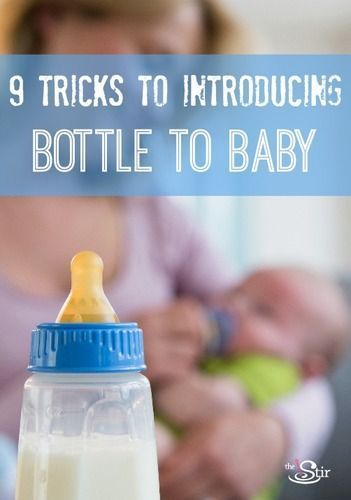 Never heat breast milk in the microwave or on the stove.
Never heat breast milk in the microwave or on the stove.
Will the baby be able to transition from breast to bottle?
Some mothers worry that if they start bottle feeding too early, they will get used to the artificial nipple and not want to breastfeed. Others, on the contrary, are worried that if the child is not immediately accustomed to the bottle, then he will no longer eat from it. In general, in these cases, they say that the child confuses the nipple with the breast. nine0003
Experts disagree on whether such confusion is a problem. 1 Without a doubt, it is easier for a baby to suckle milk from a regular bottle with a nipple, which does not require a vacuum, than from the breast, since the milk flows faster, also under the influence of gravity. And some babies really have clear preferences: only the breast or only the nipple. However, many babies are comfortable suckling both the breast and the pacifier.
If you are unable to feed your baby with expressed breast milk, seek help from a lactation consultant or specialist. nine0003
nine0003
Literature
1 Zimmerman E, Thompson K. Clarifying nipple confusion. J. Perinatol. 2015;35(11):895-899. - Zimmerman I., Thompson K., "On the issue of breastfeeding." J Perinatol (Journal of Perinatology). 2015;35(11):895-899.
2 Geddes DT et al. Tongue movement and intra-oral vacuum of term infants during breastfeeding and feeding from an experimental teat that released milk under vacuum only. Early Hum Dev . 2012;88(6):443-449. - Geddes D.T. et al., "Language Movements and Oral Vacuum Generation in Term Infants During Breastfeeding and Feeding from an Experimental Vacuum-Delivery Teat". Airlie Hume Dev. 2012;88(6):443-449.
3 Segami Y et al. Perioral movements and sucking pattern during bottle feeding with a novel, experimental teat are similar to breastfeeding. J. Perinatol. nine0192 2013;33(4):319-323. - Segami I.